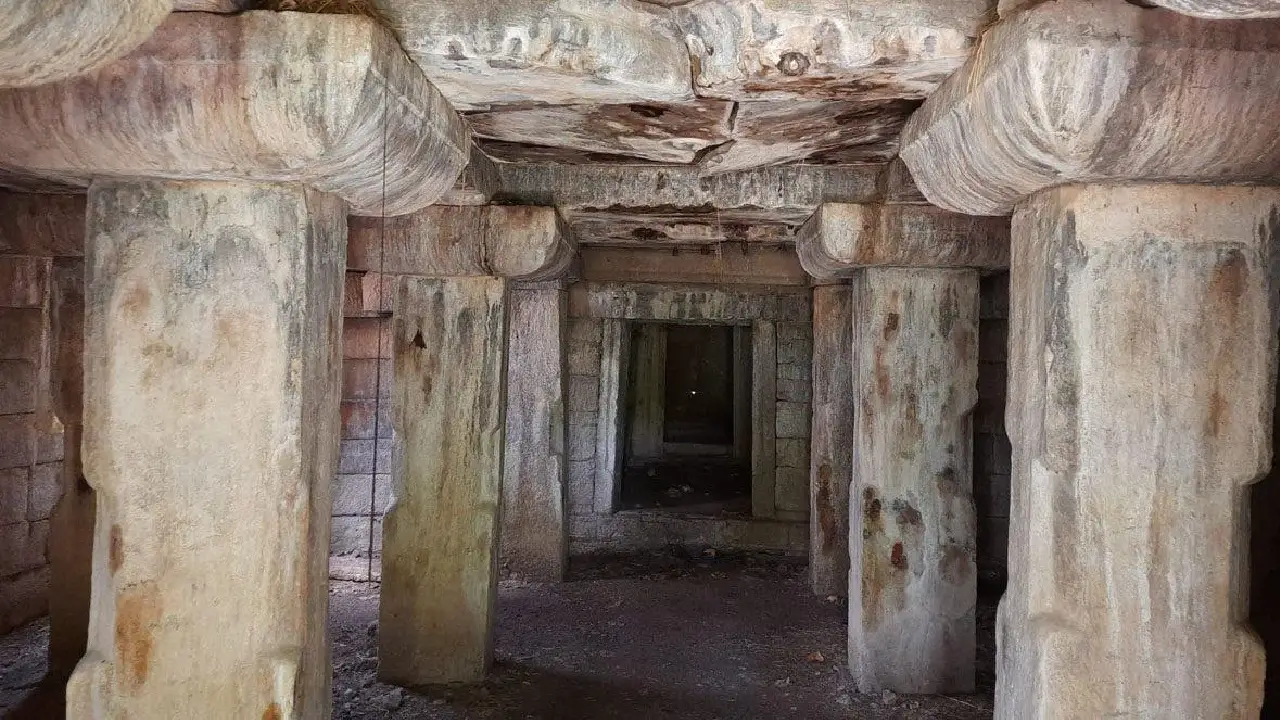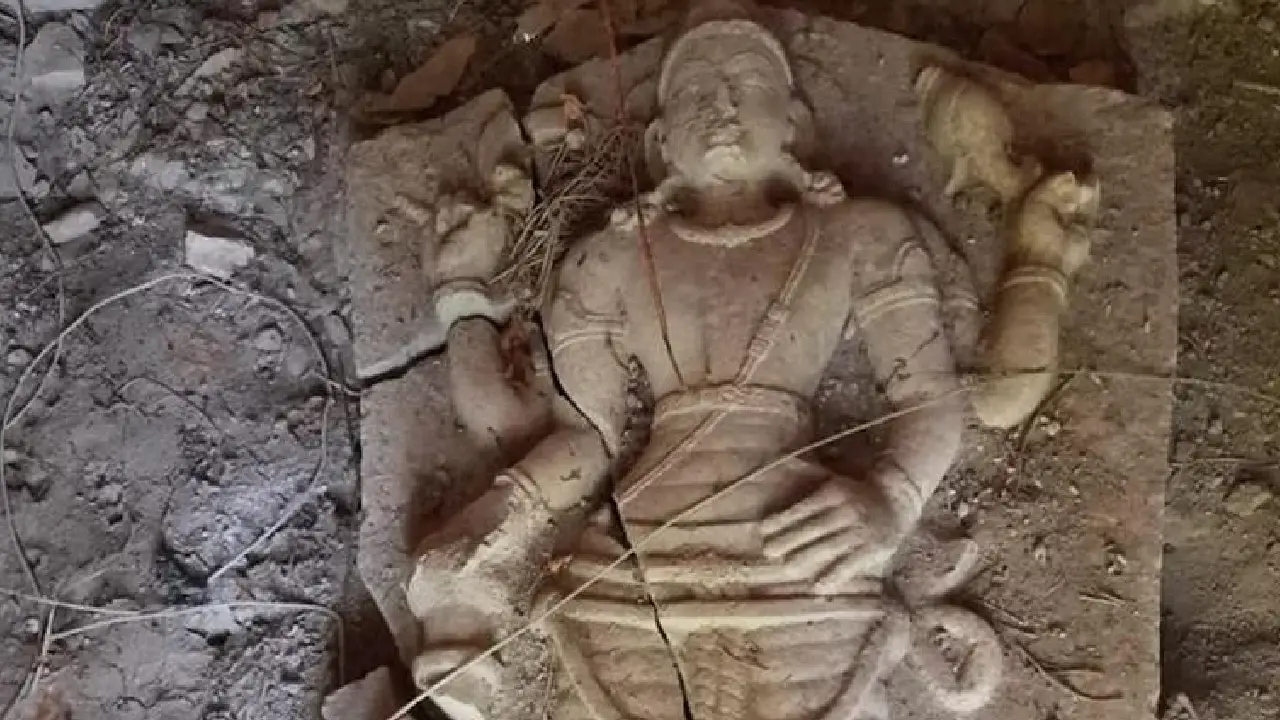Archaeologists have made a significant discovery in India, uncovering two well-preserved temples dating back to the Badami Chalukya era. Located in Mudimanikyam village, Telangana, these temples offer a glimpse into a crucial period in Hindu dynastic history.
The Badami Chalukyas, a prominent dynasty that flourished between the 6th and 8th centuries CE, ruled over a vast region in southern India. Under the leadership of Pulakeshin II, the dynasty reached its zenith, following the decline of the Kadamba kingdom.

The newly discovered temples showcase a unique blend of architectural styles, combining elements of Kadamba nagara and Rekha nagara architecture. Kadamba nagara style is characterized by a pyramid-shaped shikara with rising steps, while Rekha nagara style features a slightly curved tower.
Within the temples, archaeologists found a panavattam, a base for a Shiva lingam, and an idol of Vishnu. These artifacts provide valuable insights into the religious practices and beliefs of the people who lived during this time.
Inscriptions found within the site offer further clues about the historical context. One inscription, dating back to the 8th or 9th century CE, suggests a possible connection to a heroic figure. Another inscription, from the 17th century, provides details about donations made to the Rama temple in Mudimanikyam.

Despite their age and historical significance, these temples are currently not in use for worship. Archaeologists and local residents are advocating for the preservation of this valuable heritage. With minimal restoration and conservation efforts, these temples can serve as a testament to the rich history of the Badami Chalukya period in Telangana.
The discovery of these temples highlights the ongoing potential for archaeological discoveries in India and the importance of preserving our cultural heritage. The Krishna River valley, in particular, has proven to be a treasure trove of historical artifacts, offering a glimpse into the past and shaping our understanding of ancient civilizations.
Leave a Reply